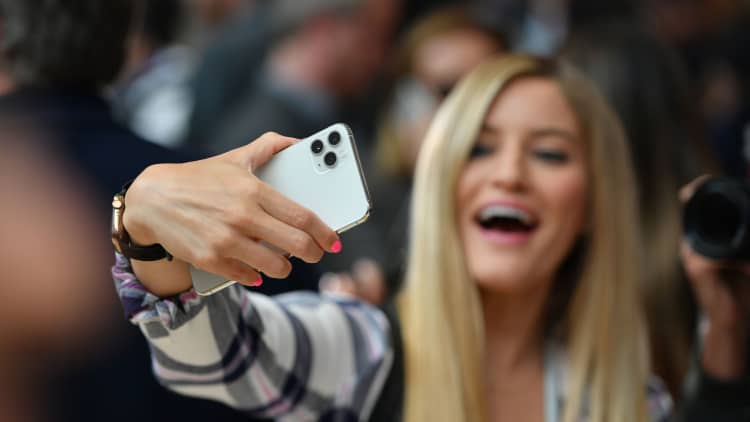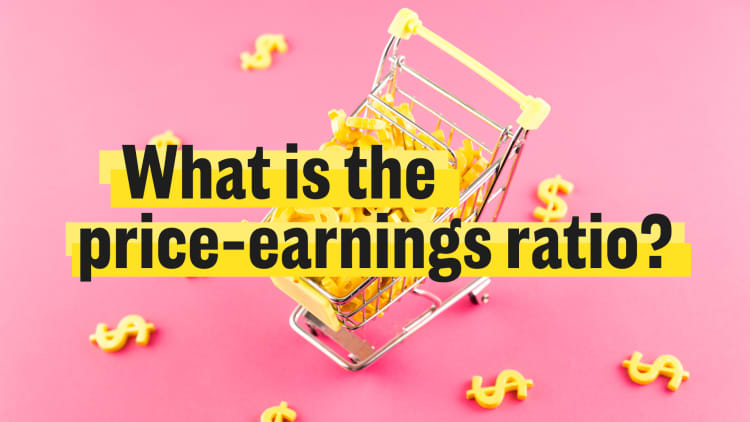Apple stock closed out a year of explosive growth on Tuesday, and another key metric reached a historic high, too.
Apple's trailing price-to-earnings, or P/E, ratio steadily climbed this year alongside its stock price. Apple began the year with a trailing P/E ratio just over 13, according to FactSet, below its five-year average of 16.2, before finishing 2019 at 24.7, its highest point since 2010.

The trailing P/E ratio is the price per share of a stock divided by earnings per share over the last 12 months. Investors often use it as a shorthand metric to determine how expensive a stock is, although it's not perfect, as it does not account for cash or debt and is based on past performance rather than future expectations.
The company's forward-looking P/E, which measures price-per-share divided by expected earnings over the next 12 months, is 21.8, which is also historically expensive. An increase in a company's P/E ratio could mean that investors expect earnings growth in the future, so they're willing to pay more now. However, it could also be a warning sign that the stock is overvalued.
Apple has typically had a low P/E ratio compared with its megacap tech peers.
When Apple's P/E was around 10 in 2016, venture capitalist Marc Andressen said in a tweet, since deleted, that Apple stock "trades like a steel mill on its way out of business."
While the current figure is unusually high for Apple, it's still below the average for the S&P 500 information technology index, which consists of 70 companies, but excludes internet companies including Facebook, Amazon, Netflix and Alphabet. The average P/E ratio in that index is now 26, up from 20 at the start of the year, according to FactSet.
A number of factors have driven Apple's P/E ratio up this year, Deutsche Bank analyst Jeriel Ong said, including an overall market drift and bearish expectations on Apple earlier this year. Investors previously modeled iPhones as a perpetually declining business, Ong said, but sentiment has improved and he now expects year-over-year growth.

"Not only did near-term iPhone 11 expectations improve, investors began to look forward to the 5G 2020 iPhone cycle, which is expected to be a supercycle," he said, adding that Apple's wearable devices have performed well, too.
"AAPL began to trade at a discount to the S&P 500 back in 2012 with the P/E multiple compressing to 10-12x at that point (S&P500 was 12-13x), so the idea that it should now trade at a 3-4x premium to the S&P500 (at 18.5x) is interesting indeed," he said.
Compared with the other megacap tech stocks, Apple's P/E ratio still ranks among the lowest. Amazon is finishing the year with a P/E of 81.8, Facebook's is 32.8, Microsoft's is 29.7, and Google-parent Alphabet's is 28.7.



